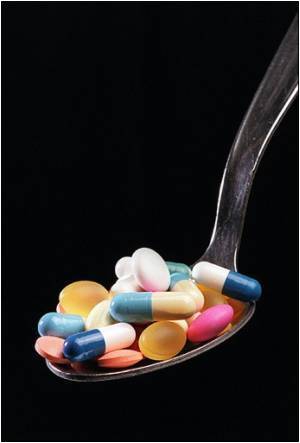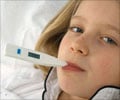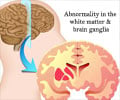
According to a National Institute of Neurological Disorders and Stroke workshop, monotherapy is the ultimate treatment strategy for newly-diagnosed and many long-term epilepsy patients because of fewer side effects, better compliance, less risk of fetal malformations (teratogencity) and lower cost compared with polytherapy.
However, in the U.S., it is difficult to get monotherapy approval for AEDs because the FDA, in accordance with the International Conference on Harmonization (ICH), requires an internal, interpretable control group in which the test drug shows superiority over the control. New AEDs, while offering improvements in safety and efficacy, rarely demonstrate superiority compared to standard AEDs, leaving placebo or pseudo-placebo as the only acceptable internal controls.
The pseudo-placebo withdrawal to monotherapy study model assigns treatment-resistant patients to receive a study drug or a suboptimal maintenance dose of a safe and effective active drug. Once patients are randomized and standardized to the intended dose, they undergo a withdrawal phase (when background AEDs are removed over a specified time frame) followed by a monotherapy phase. The trial continues until either all phases are completed or patients reach pre-specified endpoints.
Study leader Dr. Jacqueline French explains why this clinical trial model isn't suited for epilepsy patients. "Epilepsy is different from other conditions where placebo may be utilized (such as hypertension), since there is no way to exit a patient at a warning stage, before harm can occur. In a hypertensive patient, one can withdraw a patient on placebo if blood pressure increases, before it gets dangerously high. But with an epilepsy patient, the escape criteria consist of an increase or worsening of seizures, which by itself can be considered an adverse outcome."
The study authors proposed that a historical control, based on an evaluation of prior pseudo-placebo withdrawal to monotherapy studies, would provide a valid alternative to an actual control group. The team analyzed 8 separate studies of similar design and escape criteria, with randomized patients of common demographic characteristics. The primary endpoint was the same for all trials: percent of patients exiting the trial due to seizure worsening. All 8 studies had consistent outcomes, with the percentages of patients exiting their respective trials ranging from 74.9%-95.9%.
Advertisement
The historical control design allows all patients to receive a promising AED at an effective dose, making the study more attractive to patients and to physicians. Dr. Emilio Perucca agreed with these findings, stating in this month's Epilepsia Commentary, "The New York University team should be commended for their scholarly work…in setting the stage for a new conversion-to-monotherapy design in which patients are no longer required to receive suboptimal, and therefore, potentially hazardous, treatments."
Advertisement
Source-Eurekalert















